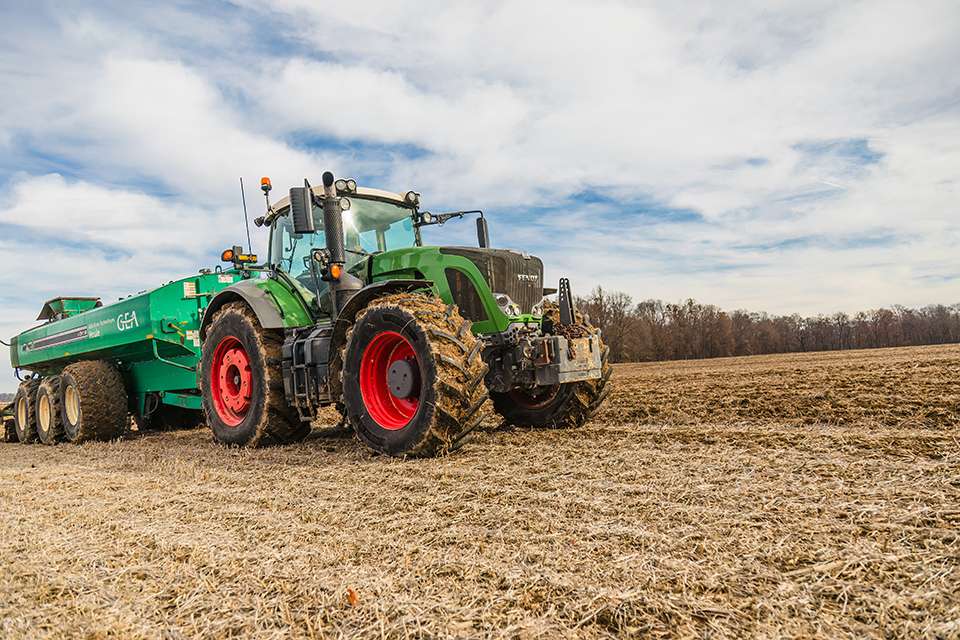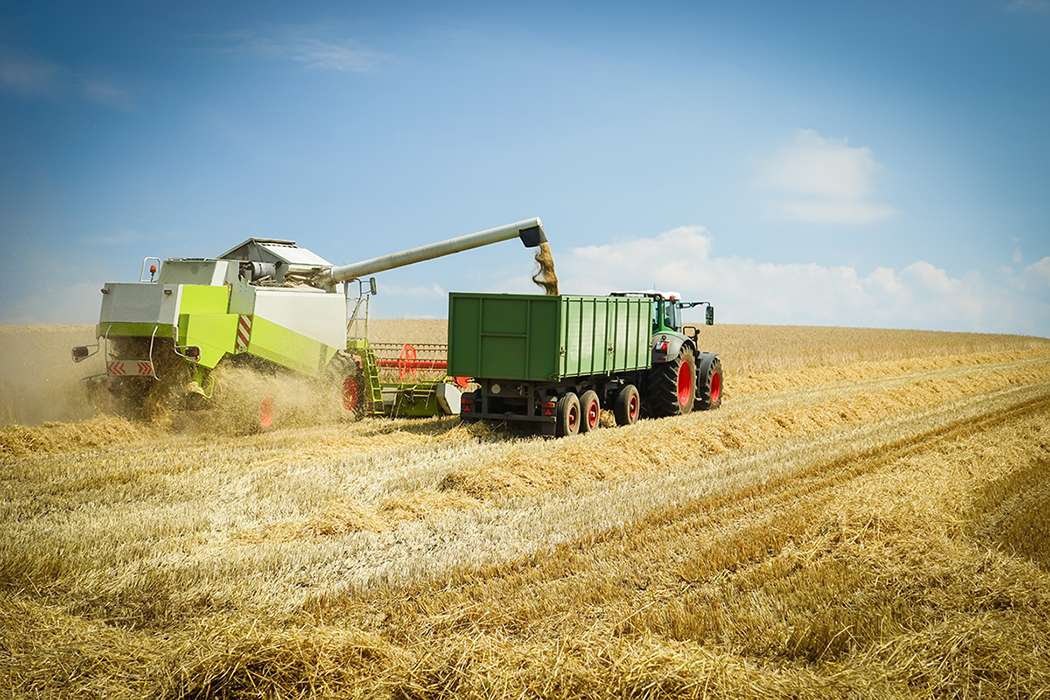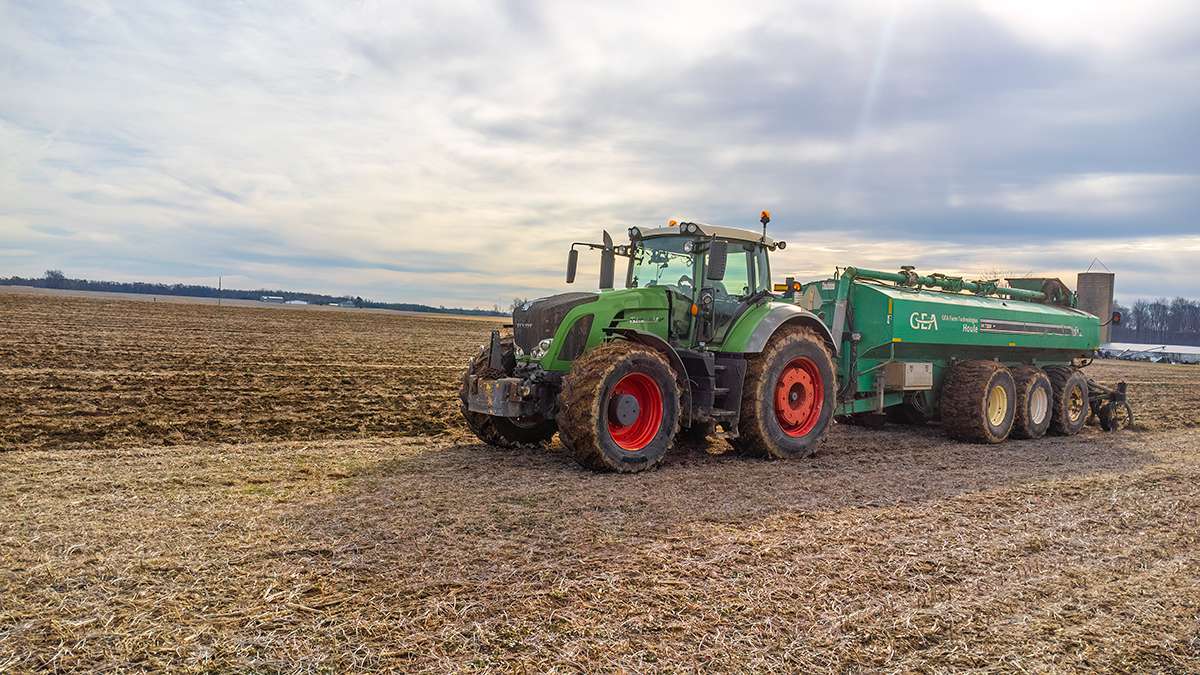Search Further
Kindly select atleast one option
Have Questions Related to CEAT Specialty Trailer Tyres?
FAQs
The minimum tyre tread depth on a trailer, as recommended for safety and performance, is generally 1.6mm. Regularly check and replace trailer tyres that fall below this threshold to ensure optimal traction, handling, and overall safety on the road.
No, most modern trailer tyres are tubeless. Inner tubes are not required for these tyres, as they are designed to create an airtight seal with the wheel, enhancing safety and reducing the risk of punctures.
Yes, trailer tyres benefit from balancing to ensure even wear, improve ride comfort, and enhance overall performance. Properly balanced CEAT Specialty trailer tyres contribute to a smoother towing experience and extend the lifespan of both the tyres and the trailer components.
The weight of a trailer tyre varies based on its size and construction. CEAT Specialty provides a range of trailer tyres with different specifications. It's recommended to check the specific weight details in the tyre specifications or technical information provided by CEAT Specialty for accurate details.
The lifespan of trailer tires depends on factors like usage, maintenance, and road conditions. On average, well-maintained CEAT Specialty trailer tires can last between 3 to 6 years. Regular inspections, proper inflation, and timely replacement contribute to optimal performance and longevity.
Trailer tyres should be replaced every 3 to 6 years, regardless of the tread depth, to ensure continued safety and performance. Regular inspections, especially for signs of aging, and adherence to the manufacturer's recommendations are essential for timely replacements.
Changing a trailer tyre involves these steps:
- Secure the trailer: Park on a flat surface, engage the parking brake, and use wheel chocks.
- Loosen lug nuts: Use a lug wrench to loosen nuts without fully removing them.
- Lift the trailer: Use a jack to lift the trailer, ensuring it's stable.
- Remove the flat tire: Fully unscrew the lug nuts and take off the flat tire.
- Mount the spare: Place the spare tire on the studs and hand-tighten the lug nuts.
- Lower the trailer: Carefully lower the trailer using the jack.
- Tighten lug nuts: Use the lug wrench to fully tighten the lug nuts.
- Double-check: Ensure all nuts are secure before driving.
Always refer to the trailer and tyre manufacturer's guidelines for specific instructions.
Repairing a trailer tyre involves these steps:
- Locate the puncture: Identify the puncture by inspecting the tyre.
- Remove the tire: Lift the trailer using a jack and remove the damaged tyre.
- Assess the damage: Check if the puncture is repairable and within the tread area.
- Use a tyre repair kit: If the puncture is repairable, follow the instructions in the tyre repair kit.
- Insert the plug or patch: Insert the plug or apply the patch to seal the puncture.
- Reinflate the tyre: Use a suitable air compressor to reinflate the tyre to the recommended pressure.
- Mount the tyre: Place the repaired tyre back onto the trailer and tighten lug nuts.
Note: Not all punctures can be repaired. Consult a professional if uncertain or if the damage is extensive. Always follow safety guidelines and refer to the tyre manufacturer's recommendations.
The numbers on a trailer tyre indicate important information:
- Tyre Size: The first set of numbers represents the tyre size, such as P225/75R15. Here, 225 is the tyre width in millimeters.
- Aspect Ratio: Following the slash, the aspect ratio (e.g., 75) is the tyre's height as a percentage of its width.
- Construction Type: The letter 'R' indicates radial construction, which is common in modern tyres.
- Wheel Diameter: The number after the construction type (e.g., 15) denotes the wheel diameter in inches.
- Load Index: This numerical value indicates the maximum load-carrying capacity of the tyre.
- Speed Rating: The letter after the load index (e.g., H) represents the maximum speed the tyre can sustain.
Understanding these numbers helps in selecting the right tyre for your trailer based on size, load capacity, and speed requirements.
You can buy trailer tyres at authorized dealers, automotive stores, and online retailers. Visit our official website or contact local distributors to find the nearest point of sale for genuine CEAT Specialty trailer tyres in the UK.
Trailer tyre pressures are often higher to ensure optimal load-carrying capacity, stability, and fuel efficiency. Higher pressures help distribute the weight evenly, enhance towing safety, and reduce the risk of heat buildup, providing better performance for trailers under heavy loads.
CEAT Specialty offers a range of high-quality trailer tyres designed for various applications. Our trailer tires are engineered to deliver optimal performance, durability, and safety, catering to the diverse needs of trailers in the UK.
In the UK, trailer tyre regulations stipulate that tires must meet specific load and speed ratings. It's essential to adhere to these guidelines to ensure safe and legal trailer operation. Consult local authorities and refer to our tyre specifications to comply with UK trailer tyre rules.
Trailer wheels in the UK commonly come in various sizes, ranging from 8 to 16 inches. Refer to your trailer's specifications or consult with a professional to determine the appropriate wheel size for your specific trailer model.
The type of tyres you need for your trailer depends on its intended use. CEAT Specialty offers a diverse range of trailer tyres designed for different applications, including agricultural trailers. Consider factors like load capacity, speed rating, and terrain to choose the right tyre for optimal performance on your trailer.





